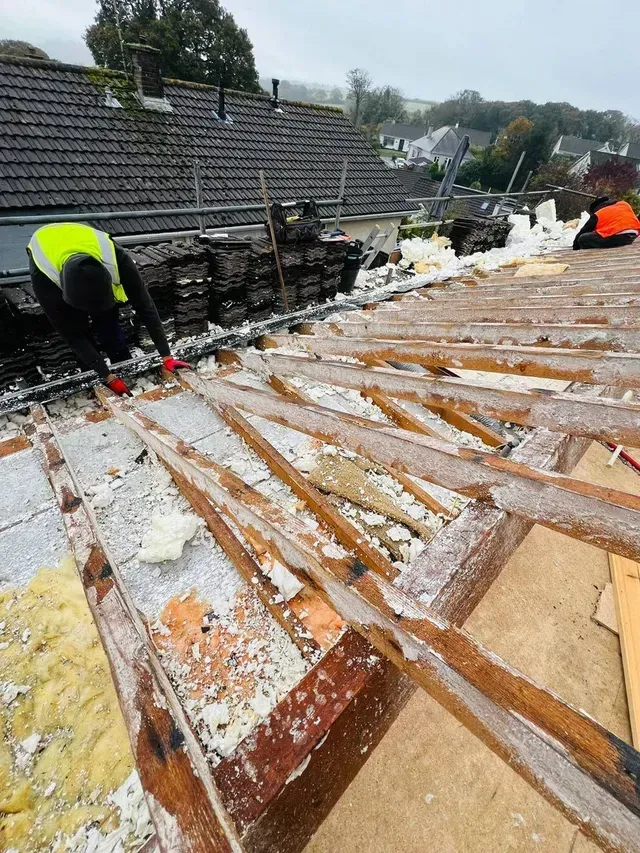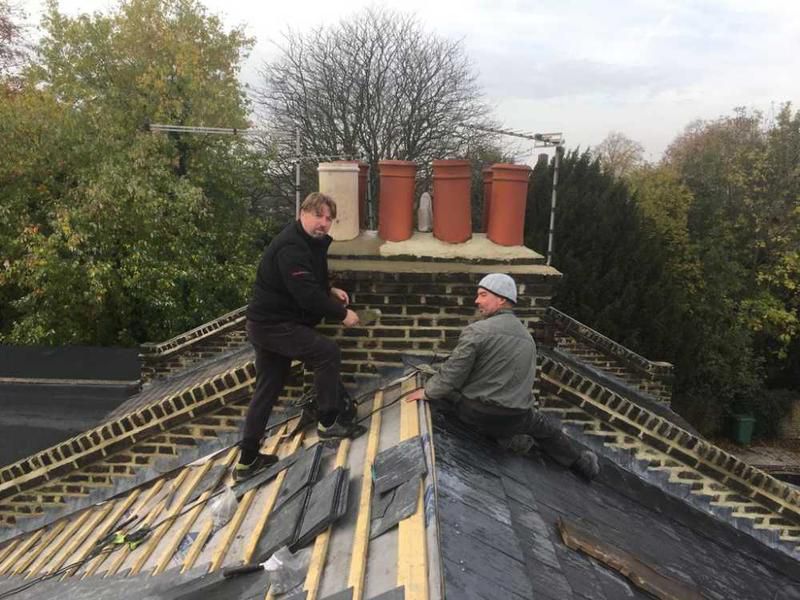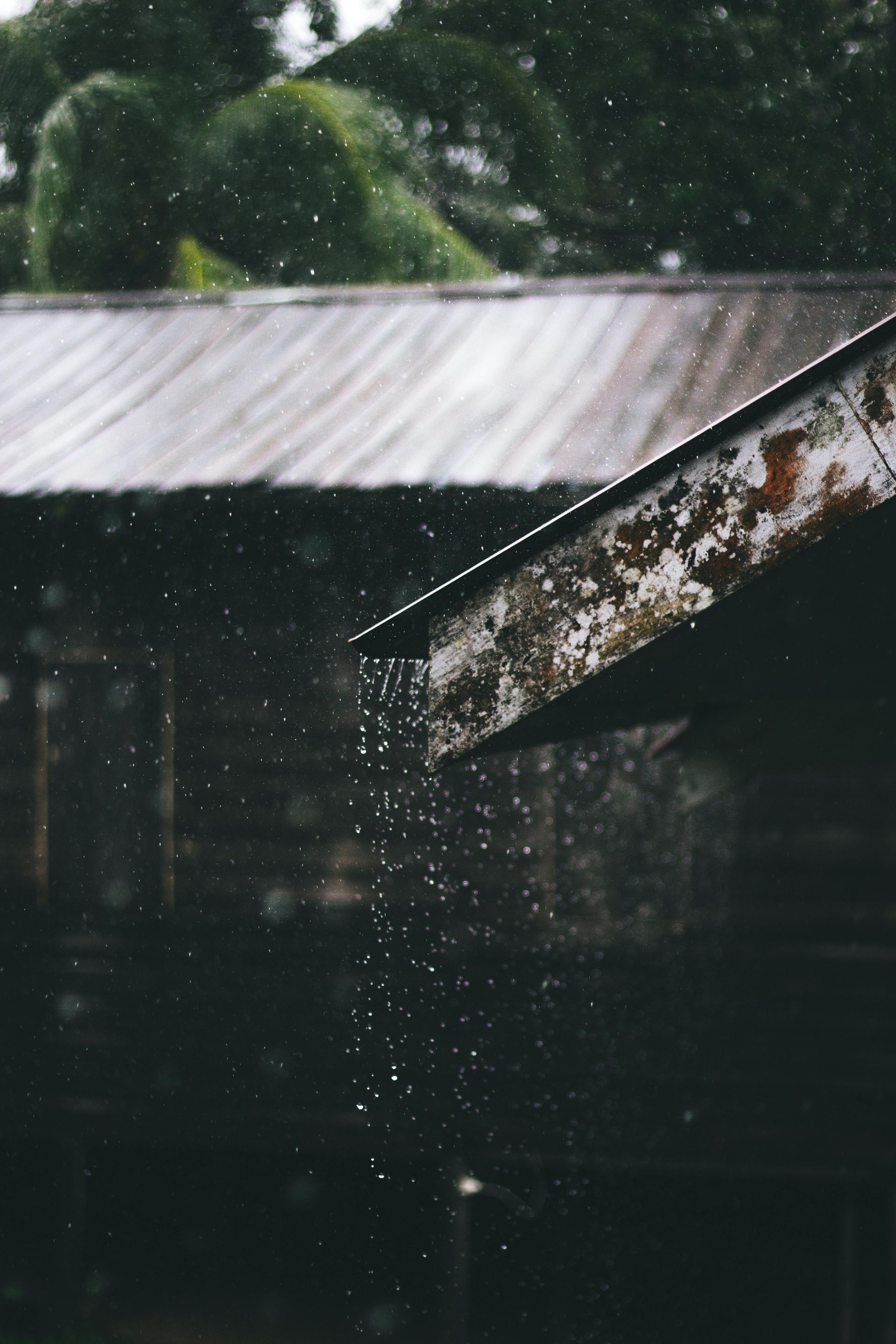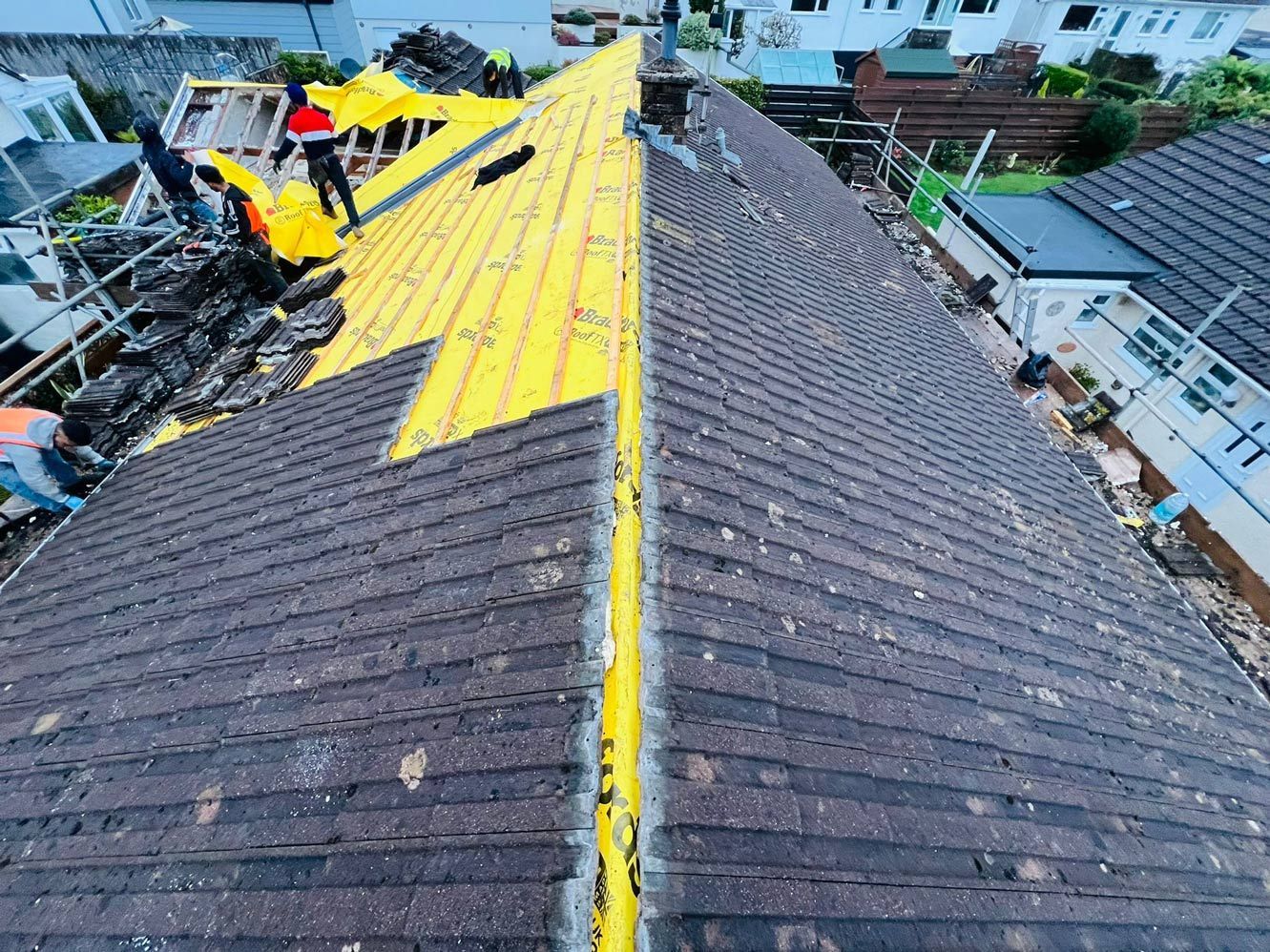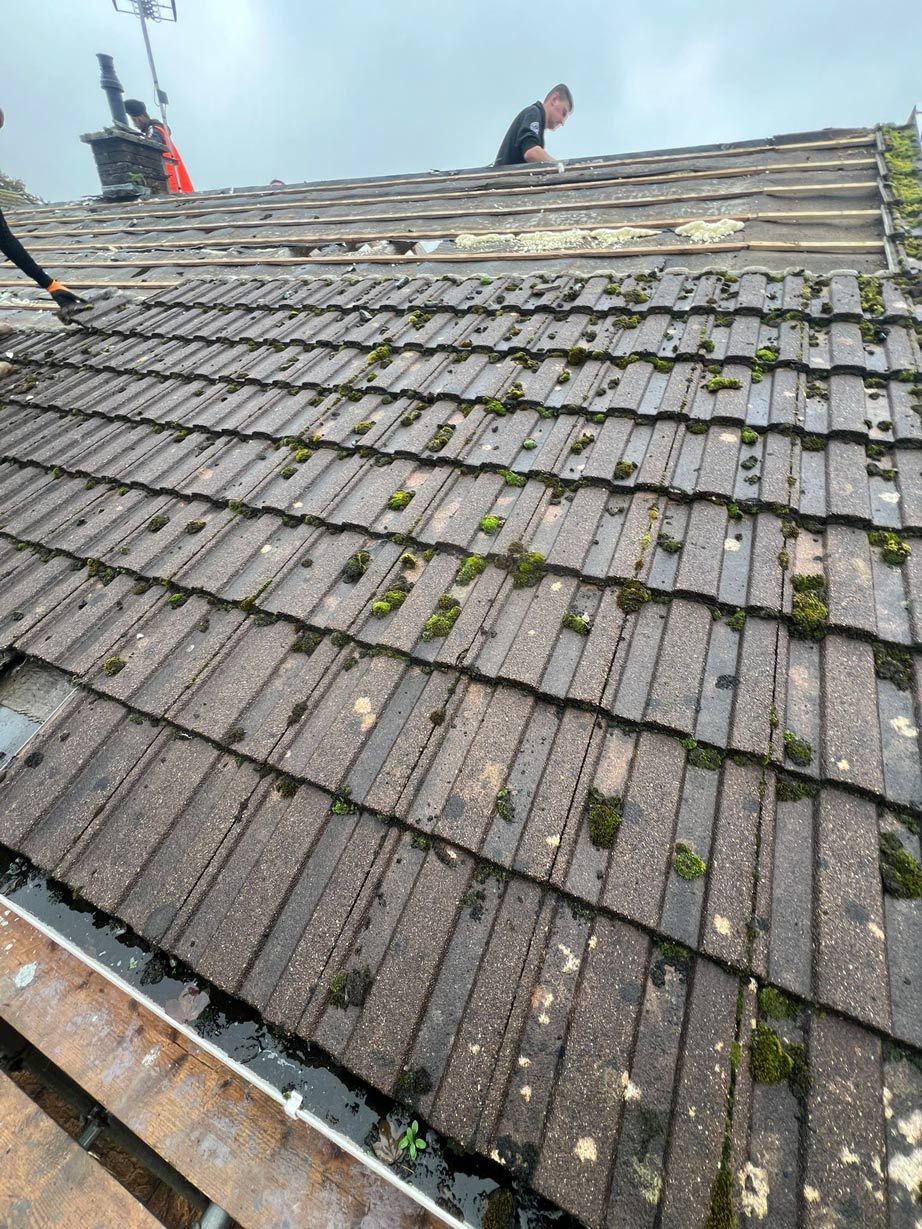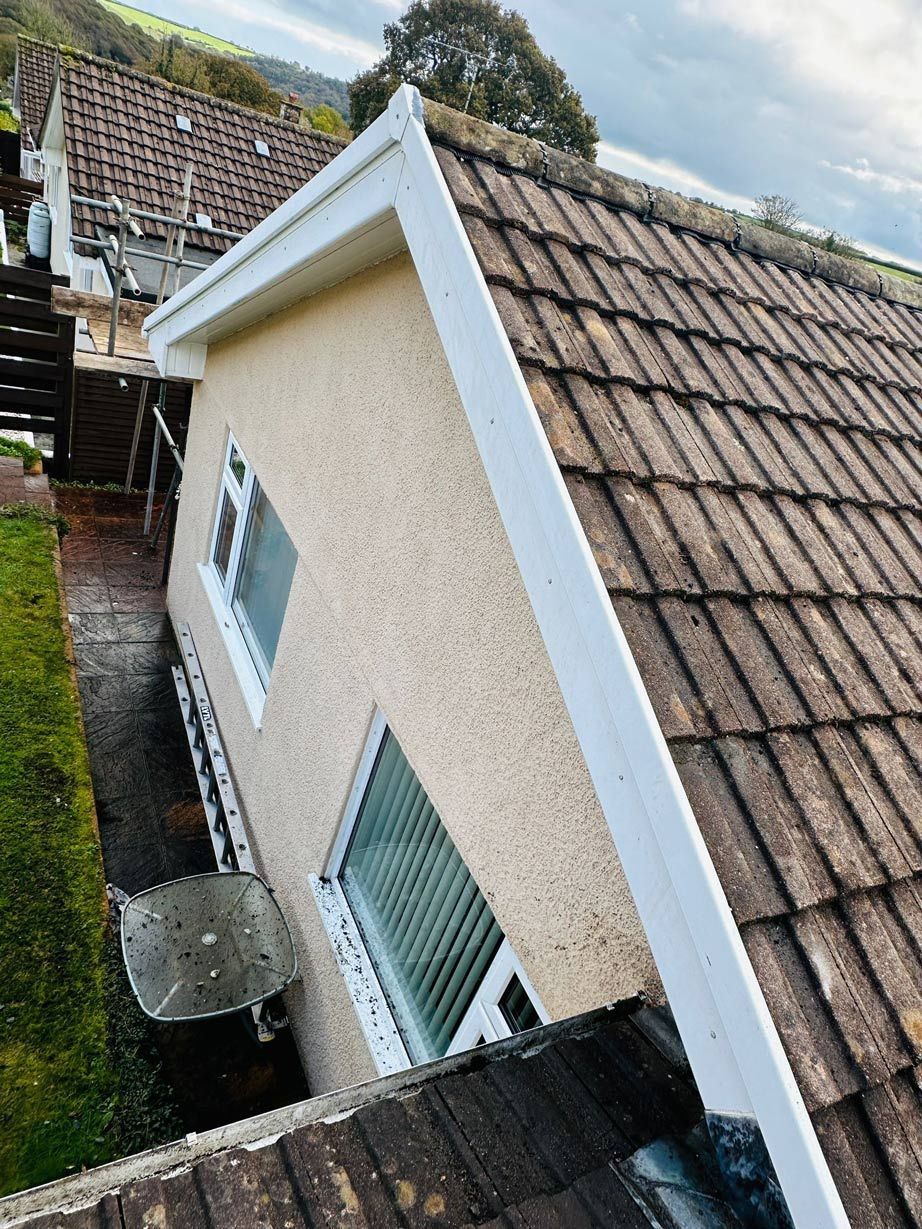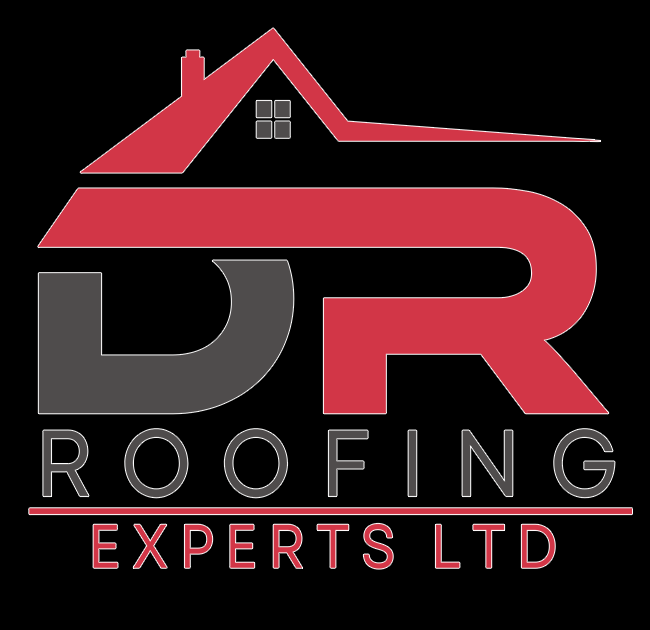Introduction
As we move through 2025, conversations around sustainability and energy efficiency are at the forefront of home improvement trends. With energy costs continuing to rise and environmental concerns at an all-time high, homeowners and businesses in the UK are seeking ways to minimise their carbon footprint while reducing energy bills. One practical solution that often goes overlooked is upgrading to an energy-efficient roofing system.
At D&R Roofing Experts, we understand the impact your roof can have on the overall energy efficiency of your home. This guide explores various energy-efficient roofing options for 2025, highlights key innovations, and provides expert advice to help you make an informed decision tailored to your property.
A split image showing a traditional roof versus a modern, energy-efficient roof with solar panels.
Why Energy Efficiency in Roofing Matters
Upgrading to an energy-efficient roof does more than just enhance the aesthetics of your property; it plays a pivotal role in reducing energy consumption and utility costs. But the benefits go far beyond savings.
Benefits Beyond Energy Savings
- Reduced Carbon Footprint: Energy-efficient roofing helps mitigate climate change by reducing the energy demand for heating and cooling.
- Enhanced Indoor Comfort: These roofing systems regulate internal temperatures, keeping your home warm in winter and cool during summer.
- Improved Property Value: Many potential buyers now prioritise homes with sustainable features, making your property more attractive in the market.
- Longevity: Many modern energy-efficient materials are designed to increase durability, reducing maintenance costs over time.
Top Energy-Efficient Roofing Materials for 2025
When choosing an energy-efficient roof, the material plays a leading role. Here's a breakdown of the most popular and effective options for 2025:
Solar Panel-Integrated Roofing
Gone are the days when bulky solar panels were your only option. Solar-integrated roofing (like solar tiles) combines the durability of standard roofing with the energy-generating capabilities of photovoltaic cells and although rare, look like they could become a popular option in the UK.
Key Benefits:
- Helps drastically reduce reliance on grid electricity.
- Streamlines aesthetics better than traditional solar panel systems.
Considerations: Higher upfront costs, though government incentives may help offset these.
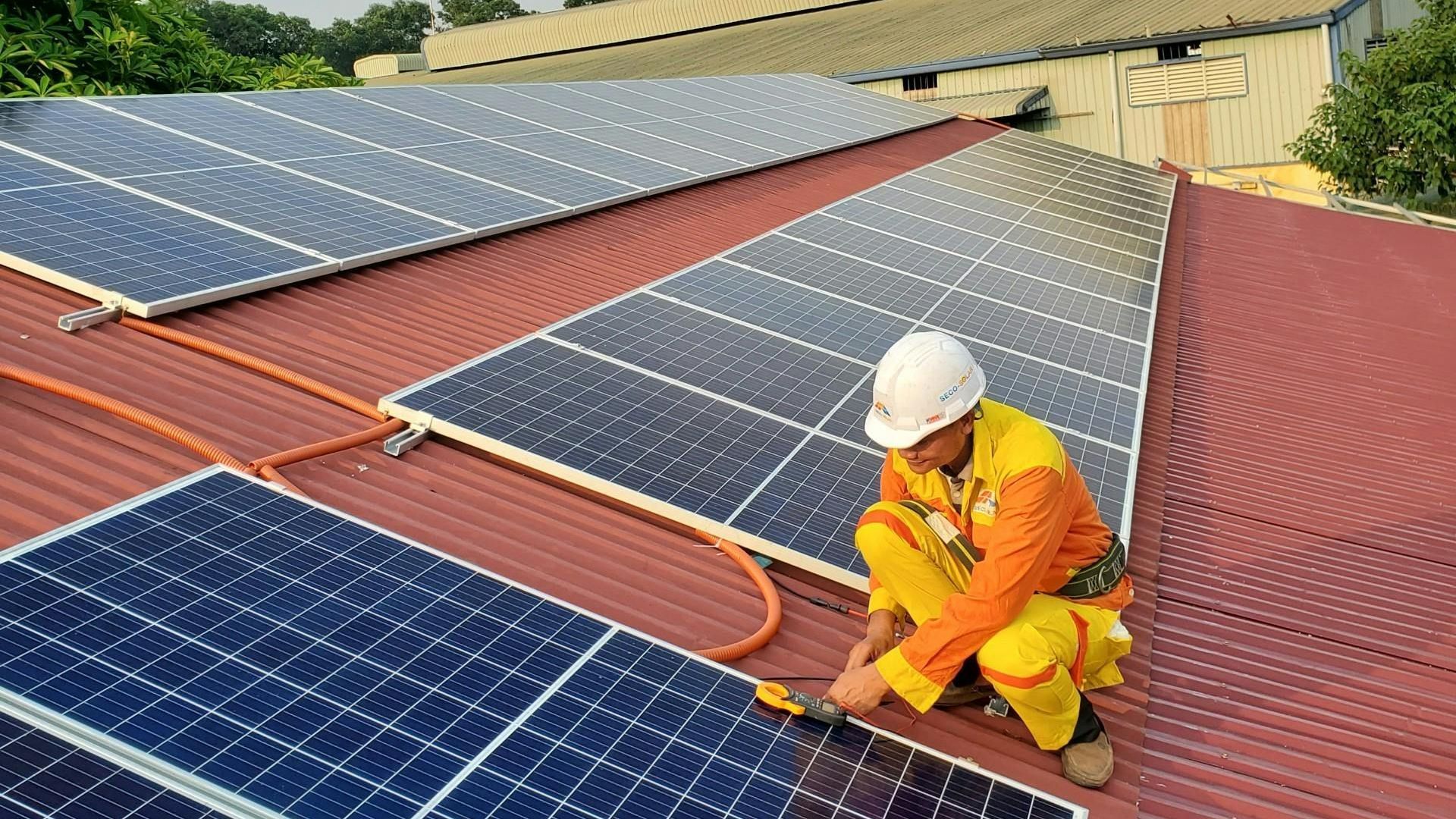
Cool Roofs
Cool roofs are specially designed to reflect more sunlight and absorb less heat. Coated with reflective materials or made from inherently reflective materials, they are particularly beneficial for urban and suburban homes in warmer months.
Key Benefits:
- Reduce cooling costs during the summer months.
- Help combat the urban heat island effect.
Metal Roofs with Reflective Coatings
Metal roofs are not just sturdy and long-lasting; when enhanced with reflective coatings, they become highly energy-efficient. These roofs are low-maintenance and are compatible with solar installations.
Key Benefits:
- Longevity (up to 60 years with proper care).
- High fire resistance and recyclability.
"Metal roofs with reflective coatings offer an excellent balance of durability, longevity, and energy efficiency, making them a top choice for sustainable roofing."
Green Roofing Systems
Green roofs, often referred to as living roofs, involve a layer of vegetation planted over a waterproof membrane. Not only are they energy-efficient, but they also create a natural habitat for wildlife and improve urban air quality.
Key Benefits:
- Excellent insulation during all seasons.
- Reduces stormwater runoff and absorbs CO2.
Considerations: Limited to flat or low-slope roofs, and may require specialised structural support.
Insulated Roofing Options
Adding additional insulation to roofing systems, such as spray foam or PIR boards, increases energy efficiency significantly. Insulated roofing minimises heat transfer, keeping properties warmer in winter and cooler in summer.
Key Benefits:
- Straightforward to install on existing roofs.
- Significant energy bill reductions for relatively low investment.
Innovations and Trends in Energy-Efficient Roofing
The roofing industry is rapidly evolving, with new technologies emerging to enhance energy efficiency and sustainability. Some trends to watch in 2025 include:
- Smart Roof Technology: Systems integrated with smart sensors can monitor temperature and humidity levels, offering real-time data to improve energy usage.
- Recycled Materials: Increasing the use of recycled components in roofing, such as rubber and composite, to lower environmental impact.
- Advanced Solar Shingles: Next-generation solar roofing options now boast higher energy efficiency and affordability.
Choosing the Best Energy-Efficient Roof for Your Property
While there are many roofing solutions available, it's important to select one that meets both your practical and aesthetic needs. Key considerations include:
- Your Property Type: A green roof may not be suitable for pitched roofs, whereas metal roofing is ideal for larger or high-rainfall areas.
- Budget Constraints: Some options, such as solar-integrated systems, require a higher initial investment, offset by eventual savings.
- Climate and Local Environment: Reflective roofs work better in sunnier areas, whereas insulated roofs excel in colder regions.
- Maintenance Requirements: Some options, like green roofs, require frequent upkeep compared to cool roofs or metal roofs.
If you’re unsure, the roofing specialists at D&R Roofing Experts offer free consultations to assess your property and determine the most suitable option.
"Upgrading to an energy-efficient roof is a long-term investment that provides energy savings, enhances comfort, and increases property value."
Energy-Efficient Roofing Comparison
| Roofing Material | Energy Efficiency | Lifespan | Key Benefits | Considerations |
|---|---|---|---|---|
| Solar-Integrated Roofing | High | 25+ years | Reduced electricity bills, streamlined aesthetics | Higher upfront cost |
| Cool Roofs | Moderate to High | 15-40+ years | Reduced cooling costs, combats heat island effect | Best suited for warm climates |
| Metal Roofs with Reflective Coatings | High | 50+ years | Long lifespan, fire-resistant, recyclable | Material cost |
| Green Roofing Systems | High | 30-50+ years | Excellent insulation, reduces runoff, enhances air quality | Suitable for low-slope roofs, requires maintenance |
| Insulated Roofing | Moderate to High | Varies (depends on materials used) | Reduces heat transfer, energy bill savings | Installation complexity may vary |
How D&R Roofing Experts Can Help
At D&R Roofing Experts, we pride ourselves on providing tailored solutions that meet the unique needs of each property we work with. From solar panel integration to cool roof installations, our team is fully trained in the latest energy-efficient roofing technologies to ensure a seamless experience.
Why choose D&R Roofing Experts?
- Over 20 years of industry experience across Wimbledon and SW London.
- Access to leading, environmentally conscious roofing materials.
- Comprehensive warranties on both materials and labour.
- Free consultations and competitive pricing.
We’re committed to helping you achieve a roofing solution that saves money and exemplifies sustainability.
Conclusion
Energy-efficient roofing is more than just a trend; it's an investment in your home, your finances, and the environment. With numerous options available—from cool roofs and insulated systems to green roofs and solar integrations—there’s a solution for every property and budget.
If you’re ready to upgrade your roof and maximise your property’s energy efficiency in 2025, the team at D&R Roofing Experts is here to guide you through every step of the process. Contact us today for a no-obligation consultation and take the first step towards a more sustainable home.





